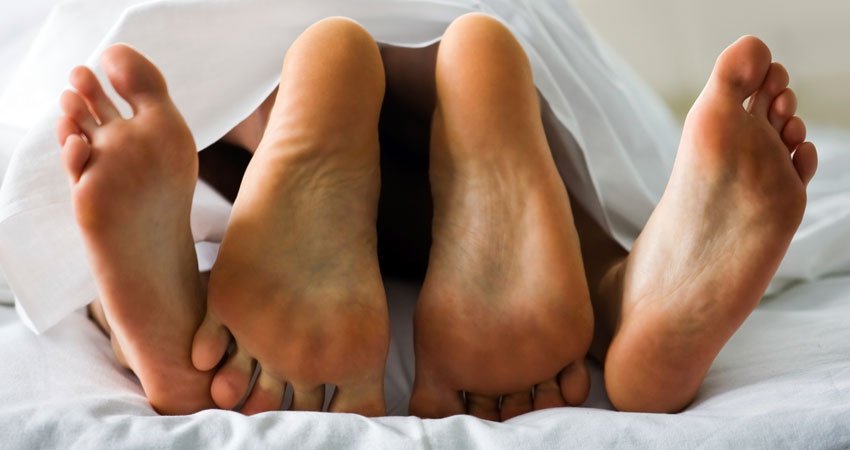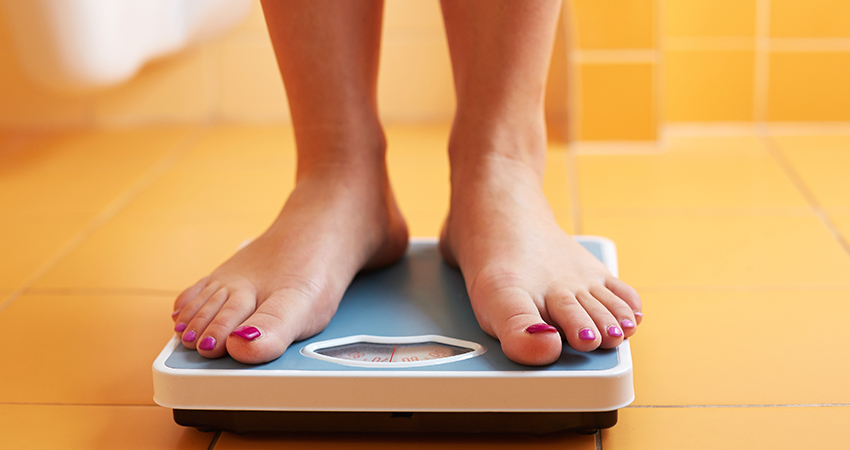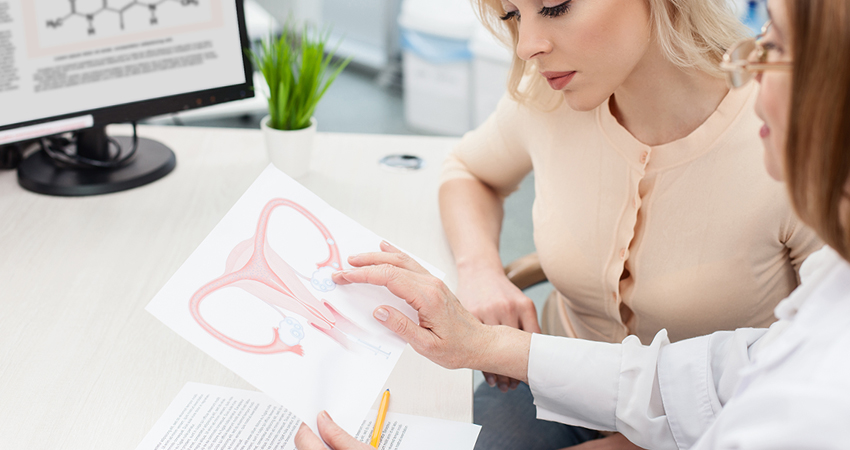You’re experiencing fibroid symptoms and Valentines Day is just around the corner. In the spirit of love, apply some of that good ‘ol tender love and care on your body and treat your fibroids . Click inside to find out how you can restore your health in time for the big day and get your health back up to par.
You have been diagnosed with fibroids and immediately your mind starts racing with questions. How did this happen? What does this mean in terms of your health? What is going to happen next?
First, take a deep breath and relax, uterine fibroids are not cancer and they do not increase the possibility of cancer. It is only on rare occasions that fibroids actually transform into cancerous growths. Uterine fibroid tumors are benign lumps that grow on the uterus of most women, most often during childbearing years.
Symptoms of Uterine Fibroids
Typically fibroids do not cause any symptoms and therefore do not need any form of treatment. Usually your doctor will unintentionally discover the fibroids during a regular pelvic exam because most women are unaware that they even have this condition.
At any rate, sometimes these fibroids can produce some uncomfortable symptoms like discomfort, pelvic pain, or increased menstrual bleeding that can interfere with your sex-life. At times, fibroid symptoms may be present, but women are unaware that the cause is uterine fibroids.
Fibroids and Loss of Sex Drive
Another such symptom is the loss of libido. Suddenly sex is painful and not worth the struggle or you just don’t have a need for it. With Valentine’s Day peeking around the corner, the last thing you want to come in between you and that special someone are your fibroids. Not to mention, Valentines Day is about love, right? Who better and more capable of providing you with the right amount of love and affection than yourself? In the spirit of the season, treat your mind and body by tending to your health and treating your fibroids.
First things first, do not ignore sudden changes that occur in your body because these changes could be the sign of a deeper issue. Make sure to set up an appointment with your gynecologist to discuss these symptoms.
One explanation for the pain is the size of the fibroids. Large fibroids can produce pressure in the uterus and can cause intercourse to become painful. Additionally, when benign fibroid tumors grow in the area of your cervix at the end of the vaginal tract, they can make penetrative sex highly uncomfortable for women.
The aforementioned cervical fibroids can either press on the cervix or actually hang through the cervical opening, making it exceedingly difficult for women to enjoy sexual relations. To make matters worse, fibroids growing in this area can also result in bleeding during sexual activity.
Another explanation for the loss of interest is your hormones. Even if the fibroids are of smaller size they can impact your life. The small fibroid tumors can cause hormonal imbalance between estrogen and progesterone, which, in turn, creates the loss of interest in sex.
Treatment Options for Fibroids
The key to reclaiming your sex drive and making sure that you’re back up to speed for the “season of love” is to research your options and talk to your doctor about finding a medical option that is best for you.
One such option that is appealing to most women due to its advantageous qualities of being safe, effective and having a speedy recovery time is UFE. It requires no major surgery and the recovery times with UFE are dramatically faster than with hysterectomy or myomectomy, both of which require abdominal surgery. Many women resume light activities in a few days, and the majority of women are able to return to normal activities within seven to ten days. Choosing UFE as your fibroid treatment can allow you to be back on your feet and looking forward to a romantic day filled with endless possibilities in no time.
If you have been diagnosed with fibroids or suspect that you may have fibroids, feel free to give us a call at 866-362-6463 so that we may schedule you for a FREE consultation with Dr. Bruce McLucas. By taking advantage of this consultation, you will allow yourself the opportunity to speak one-on-one with the doctor himself, discussing treatment options and deciding whether UAE is a viable option for you.





 A fibroid tumor typically becomes calcified after it outgrows its own blood supply. This forces the fibroid tumor to degenerate and decrease in size. As it degenerates, calcium deposition begins. Over time, the tumor can become completely calcified. In most cases, calcification occurs during menopause as a result of changes to the woman’s normal hormonal makeup, including the decrease in estrogen levels.
A fibroid tumor typically becomes calcified after it outgrows its own blood supply. This forces the fibroid tumor to degenerate and decrease in size. As it degenerates, calcium deposition begins. Over time, the tumor can become completely calcified. In most cases, calcification occurs during menopause as a result of changes to the woman’s normal hormonal makeup, including the decrease in estrogen levels.